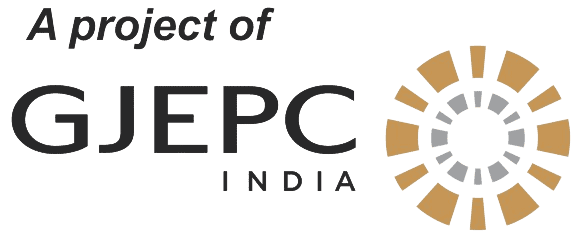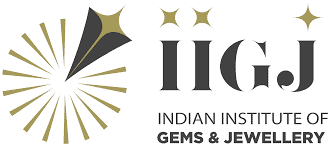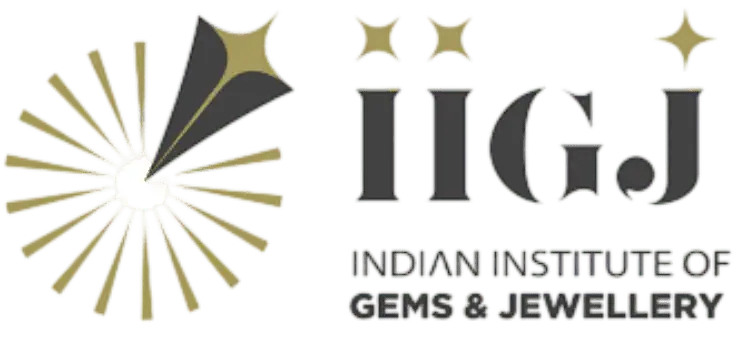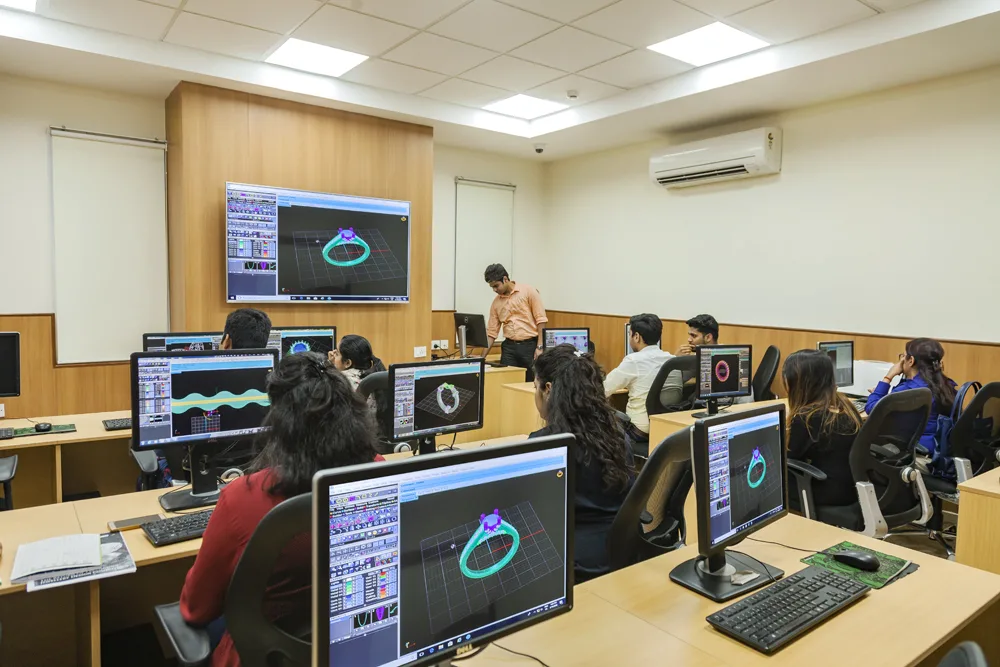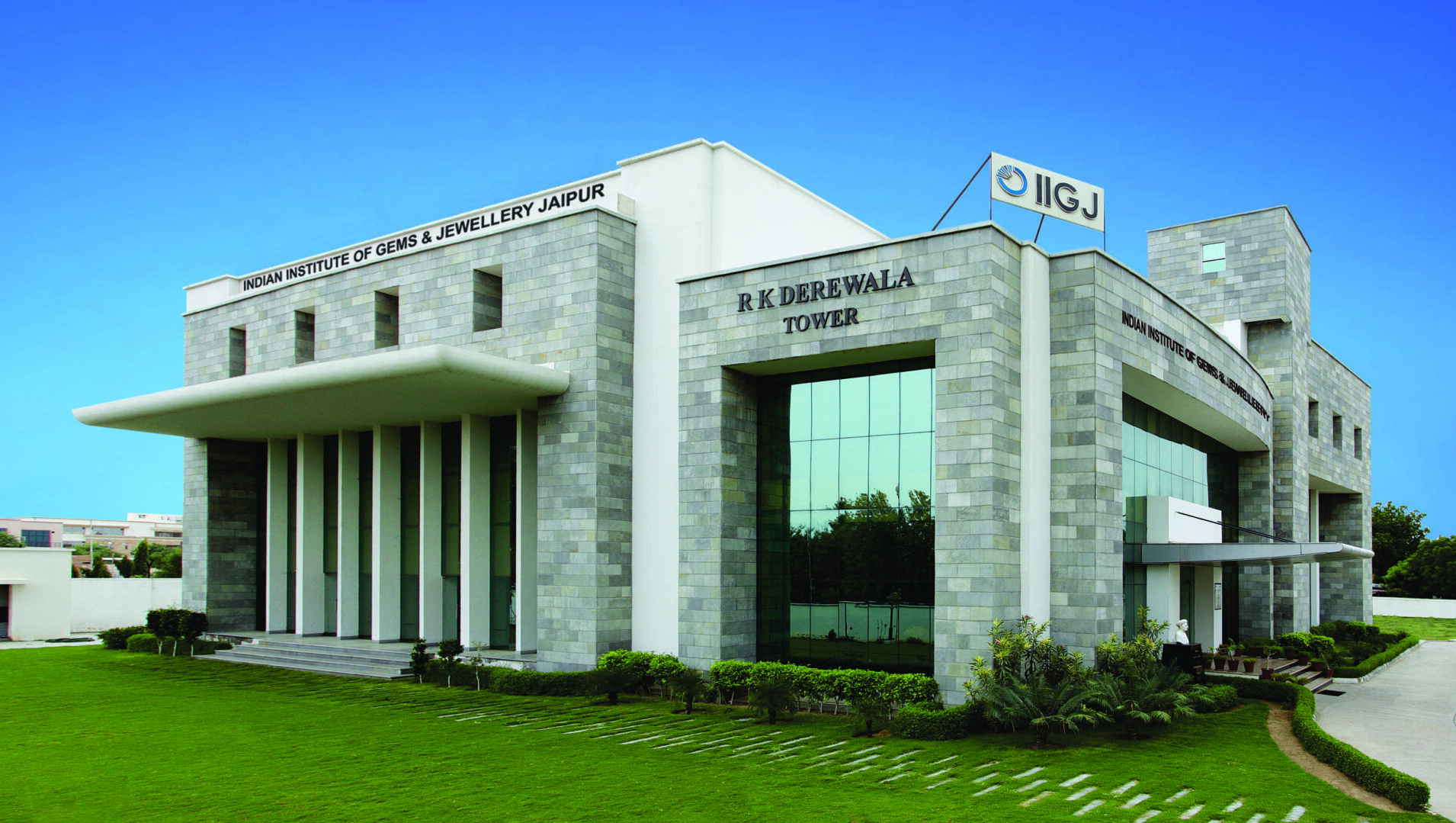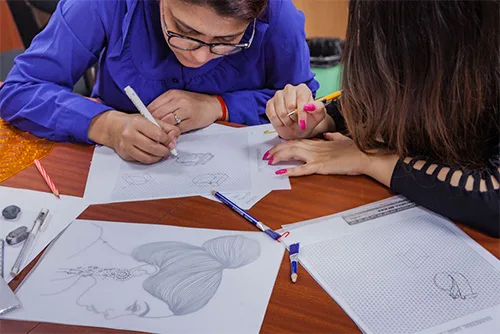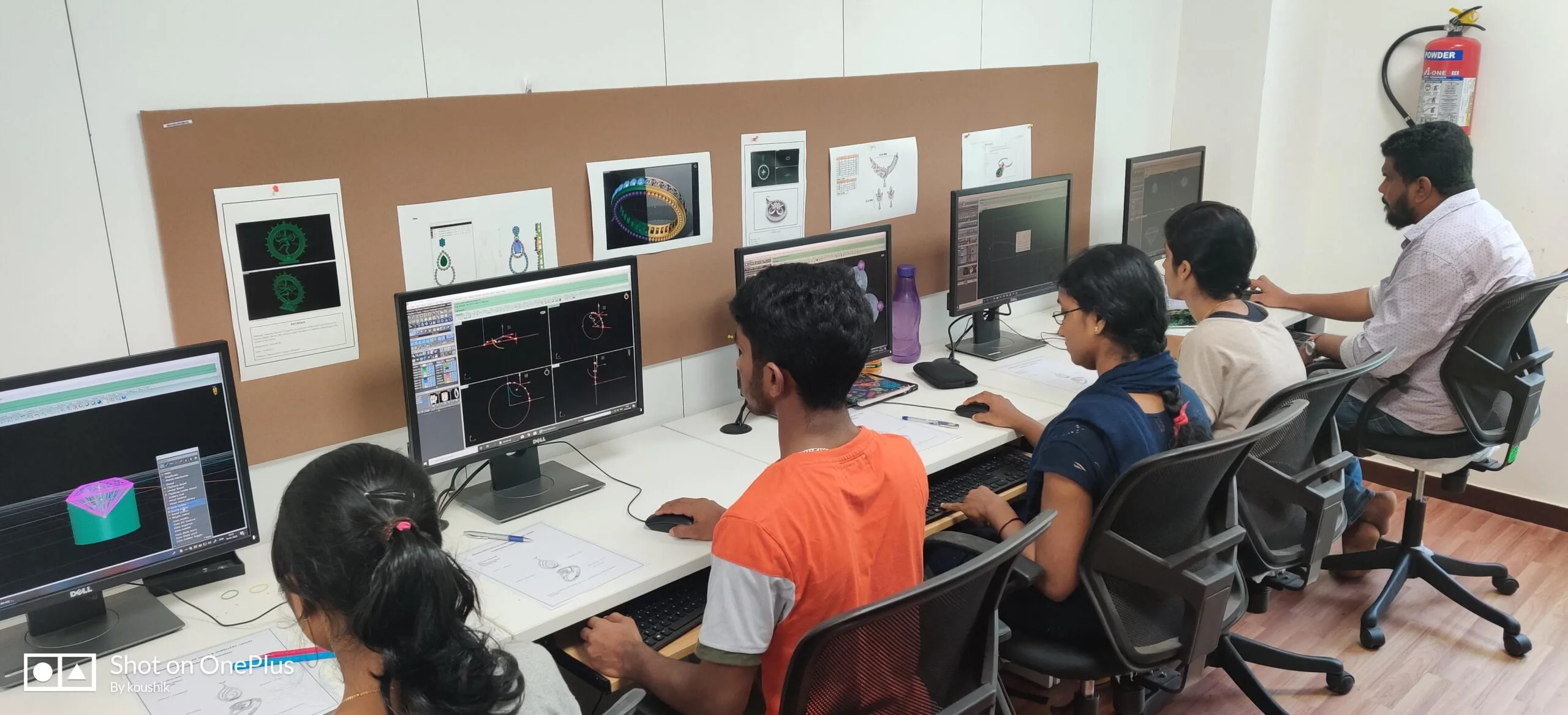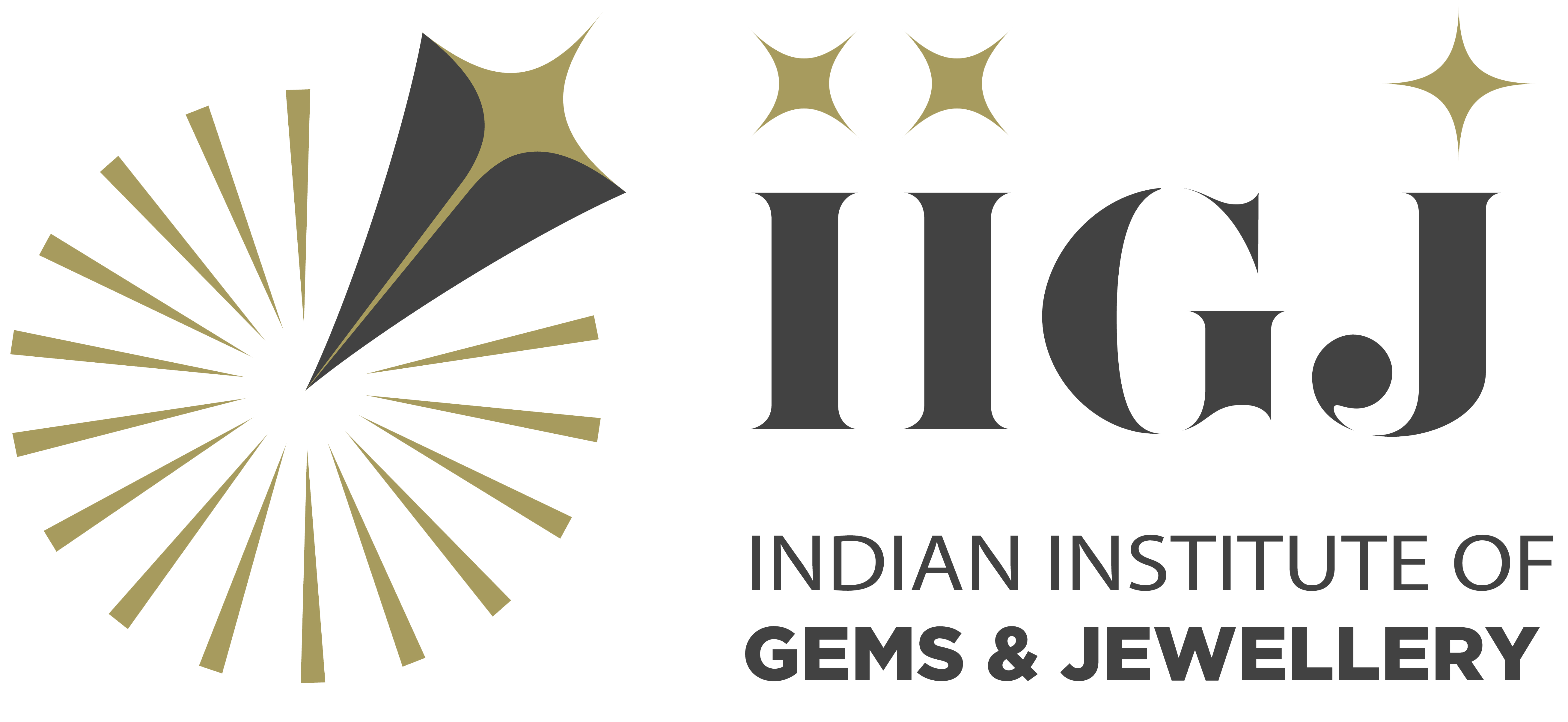Delhi Campus
IIGJ Delhi campus was established by GJEPC in 1986 and is the flagship institution for gems and jewellery education, located in the heart of the nation’s capital. Spanning 9,000 sq. ft. at the renowned Jhandewalan Jewellery Complex, this state-of-the-art campus offers vibrant, air-conditioned classrooms, cutting-edge CAD and Gemmology labs, well-equipped Manufacturing workshop, library and cafeteria, providing a modern learning environment, expert faculty and advanced facilities. With 38 years of excellence, IIGJ Delhi provides industry-aligned programs in jewellery design, gemmology and jewellery manufacturing. Having trained more than 10,000 professionals, the institute is committed to fostering creativity, technical expertise and innovation, making it a premier destination for aspiring gems and jewellery professionals.





Chairman's Message

Name Xyz
Chairman, IIGJ Delhi
Lorem ipsum dolor sit amet, consectetuer adipiscing elit, sed diam nonummy nibh euismod tincidunt ut laoreet dolore magna aliquam erat volutpat. Ut wisi enim ad minim veniam, quis nos- trud exerci tation ullamcorper suscipit lobortis nisl ut aliquip ex ea commodo consequat. Duis autem vel eum iriure dolor in hen- drerit in vulputate velit esse molestie consequat, vel illum dolore eu feugiat nulla facilisis at vero eros et accumsan et iusto odio dignissim qui blandit praesent luptatum zzril delenit augue duis dolore te feugait nulla facilisi.
Other Faculty

Name Xyz
Chairman, IIGJ Delhi

Name Xyz
Chairman, IIGJ Delhi
Explore Our Course Offering
At IIGJ Delhi, our diverse range of diploma courses in jewellery design, gemmology, and CAD/CAM are tailored to ignite creativity and equip students with industry-required skills. From learning the art of jewellery design to mastering diamond grading and understanding CAD technologies, our programs are designed for deep, immersive learning experiences. Each course at IIGJ Delhi is a gateway to endless opportunities in the gem and jewellery industry.
Diploma
Jewellery Design
Jewellery Manufacturing
Gemmology
CAD
Professional Certificate
Professional Certificate In Diamond Assorting & Valuation
Professional Certificate - All About Diamonds (Lab Classes)
Professional Certificate - All About Navratnas (Lab Classes)
Professional Certificate - Introduction In CAD
Walk Through IIGJ Delhi With Us
Legacy & Milestones
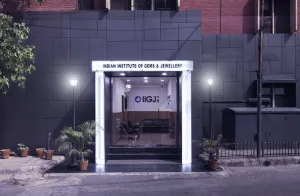
1986
IIGJ Delhi started its life in 1986 as Jewellery Product Development Centre (JPDC), an educational project of GJEPC. It is one of the oldest and most prestigious institutes of its kind in the country.

1995
The institute tied up with Indo German Export Promotion (IGEP) in 1995 with German experts to head the institute and bring in the latest developments in jewellery design and manufacturing for the benefit of the local jewellery industry and to boost jewellery exports.
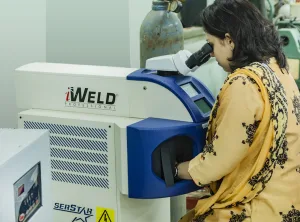
2010
The change to Indian Institute of Gems & Jewellery Delhi, as a subsidiary of GJEPC, took place on 7th July 2010. The institute is governed by its Board of Directors, all of whom have strong ties to the gem and jewellery industry and are members of GJEPC.
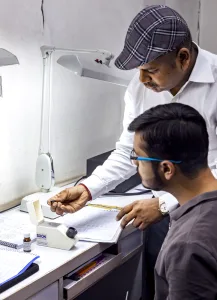
2017
A 10,000 sq.ft training facility was set up at Jhandewalan Flatted Factory Complex, in the heart of New Delhi, with the objective of providing a high level of systematic education in Jewellery Design and Manufacturing as well as Gemmology to improve the quality of Indian jewellery product and bring it at par with international standards as well as to spread awareness about professional gem and jewellery education.
